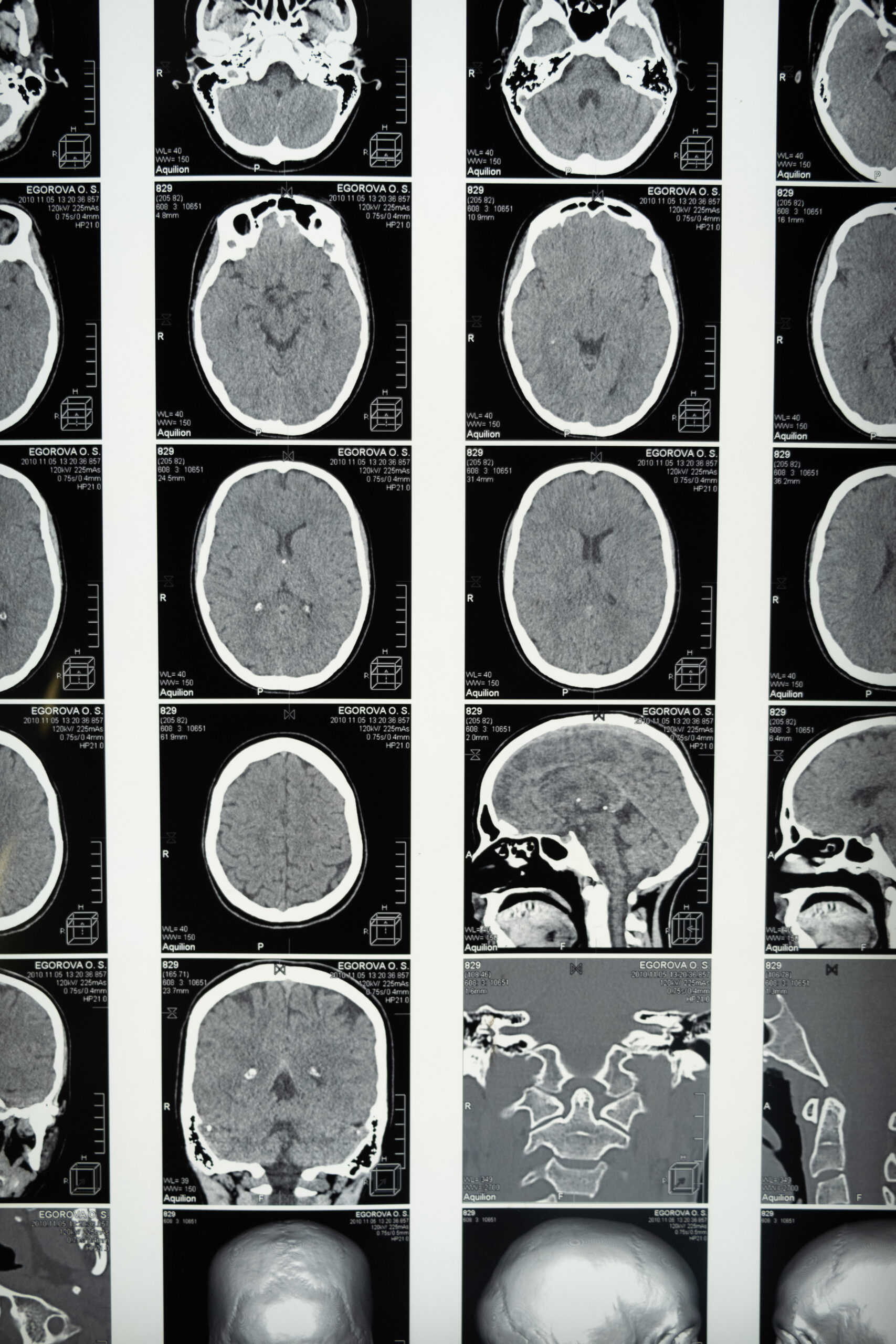What is an MRI?
Title: Understanding the Magic of Medical Imaging: What is an MRI?
Introduction:In the rapidly advancing field of modern medicine, various diagnostic tools have revolutionized the way doctors identify and treat illnesses. Among these, Magnetic Resonance Imaging (MRI) holds a prominent place. This non-invasive technique provides detailed images of the internal structures of the body, aiding in accurate diagnoses and the development of effective treatment plans. In this blog, we will delve into the fascinating world of MRI, exploring what it is, how it works, and its significance in healthcare.
The Basics of MRI:Magnetic Resonance Imaging, or MRI, is a sophisticated medical imaging technique that creates detailed pictures of the body’s internal structures. Unlike X-rays or CT scans, MRI uses a strong magnetic field and radio waves to generate computer-processed images. This non-ionizing radiation technology makes it safe for repeated use and is especially effective for soft tissue imaging.
How Does MRI Work?The MRI machine consists of a large cylindrical magnet that produces a powerful magnetic field. When a patient lies inside the machine, the hydrogen atoms within their body align with the magnetic field. By introducing radio waves, the magnetic field is disrupted, causing the hydrogen atoms to emit signals. These signals are then detected by the MRI machine and converted into intricate 3D images by a computer.
The Benefits of MRI:MRI offers numerous advantages over other imaging methods, making it an invaluable tool in diagnosing various medical conditions. Here are some key benefits:
1. Detailed Imaging: MRI provides high-resolution images that enable doctors to visualize intricate anatomical structures like soft tissues, nerves, and blood vessels with exceptional clarity.
2. Non-Invasive and Painless: Unlike invasive procedures, MRI does not involve radiation exposure or surgical incisions, making it a safe and painless option for patients.
3. Versatility: MRI can be used to diagnose a wide range of conditions, including brain and spinal cord disorders, joint and muscle injuries, tumors, cardiovascular diseases, and much more.
4. Enhanced Contrast: By utilizing contrast agents, certain areas of the body can be highlighted, helping to improve visibility and detect abnormalities that may not be apparent with other imaging methods.
Conclusion:Magnetic Resonance Imaging (MRI) plays a pivotal role in modern healthcare, allowing doctors to accurately diagnose and treat various medical conditions. With its ability to provide detailed images of the body’s internal structures without using ionizing radiation, MRI has become an indispensable tool in medical imaging. By harnessing the power of magnetic fields and radio waves, this non-invasive technique has transformed the way doctors understand the human body. As technology continues to advance, MRI will undoubtedly play an even more significant role in improving patient outcomes and enhancing medical diagnostics.



